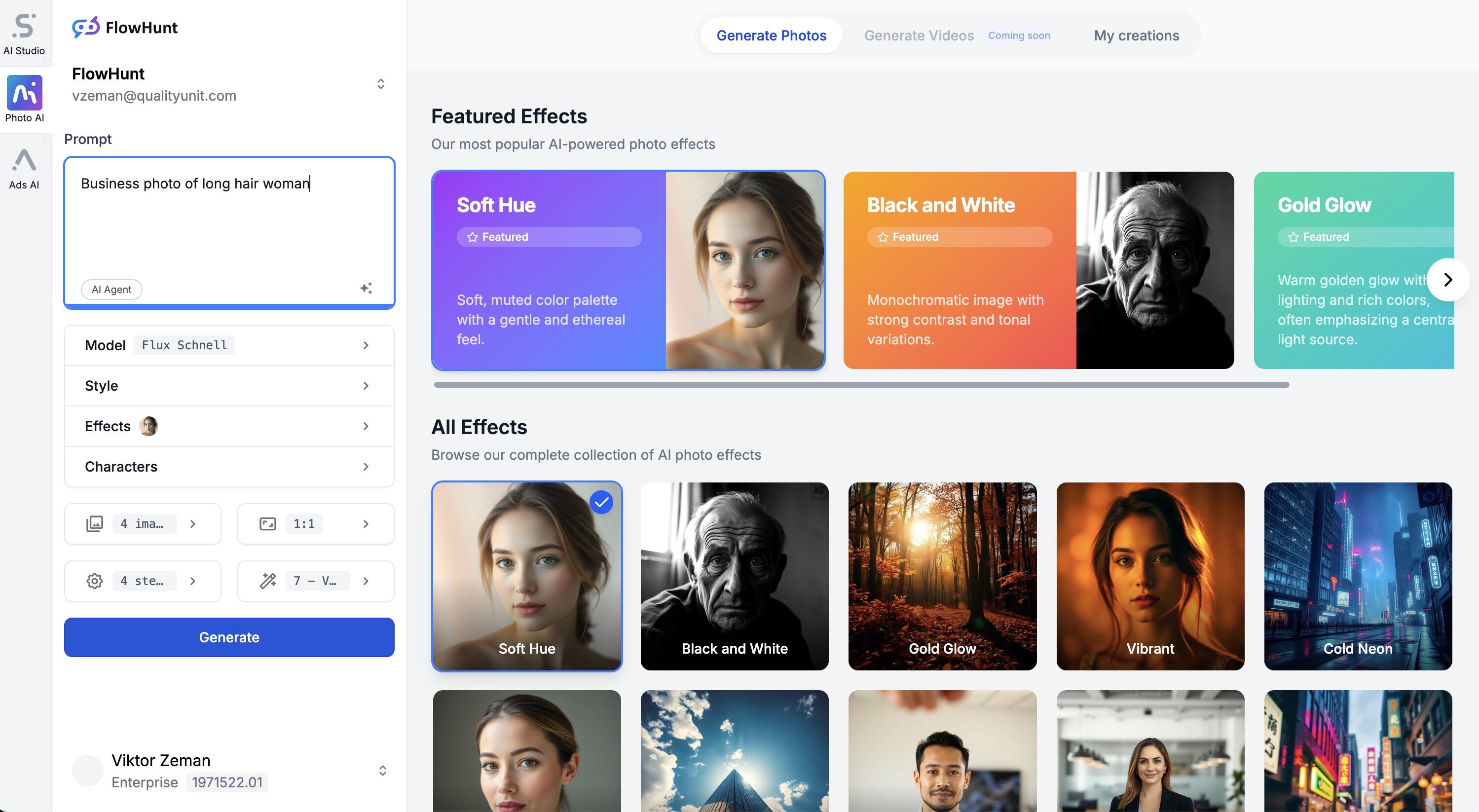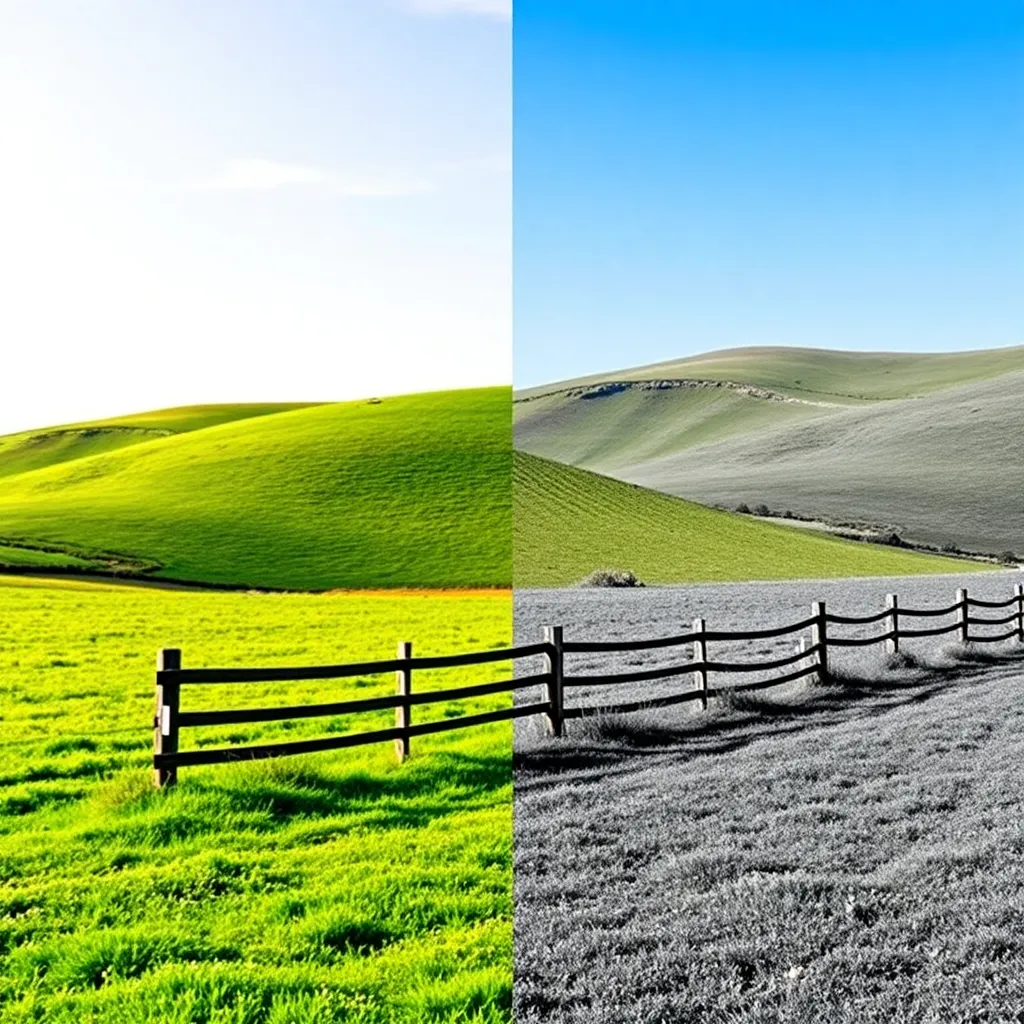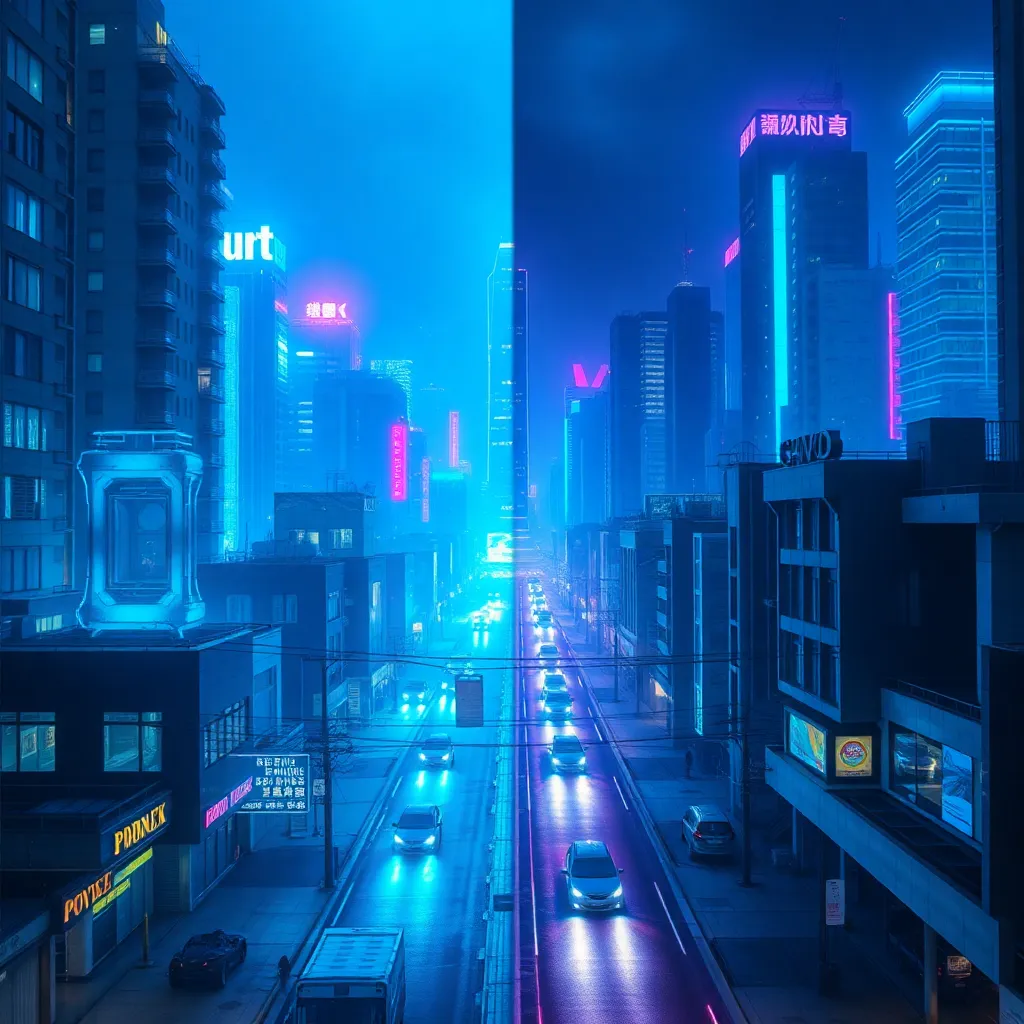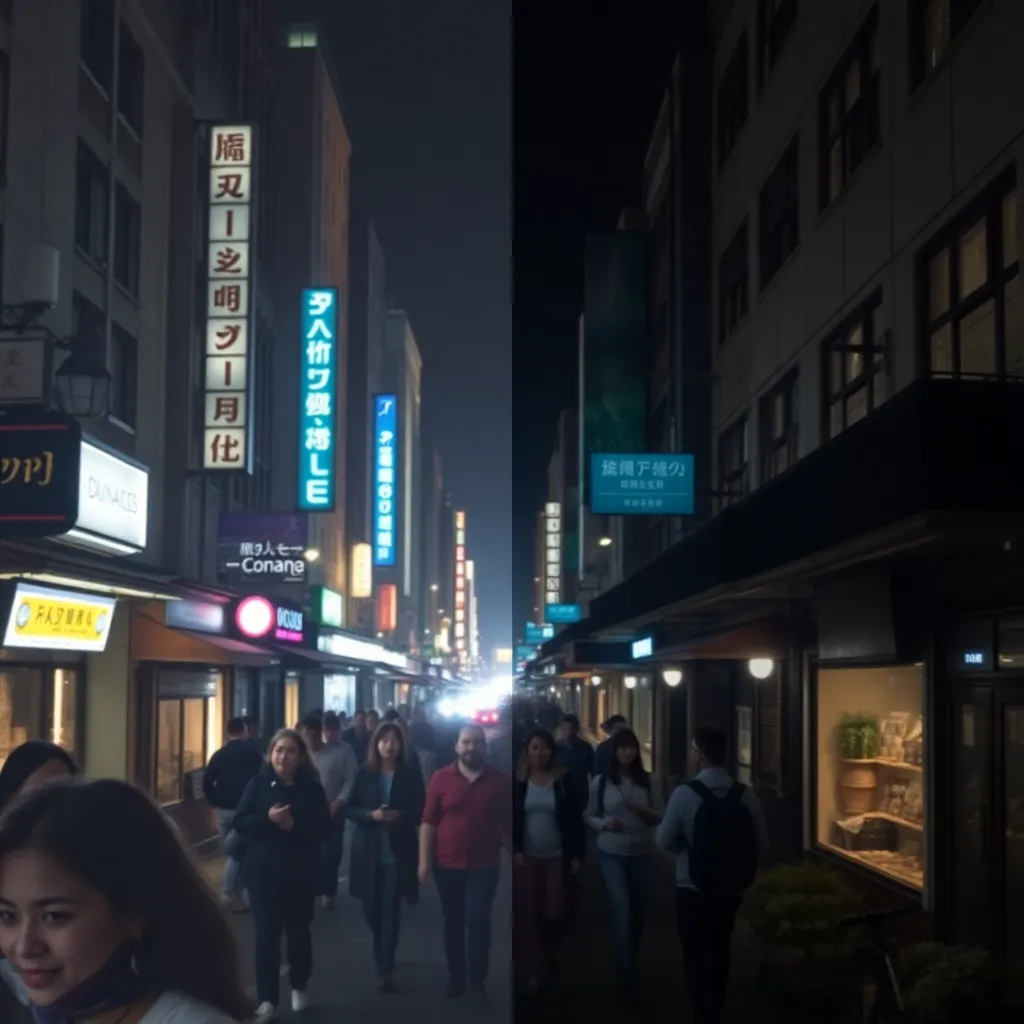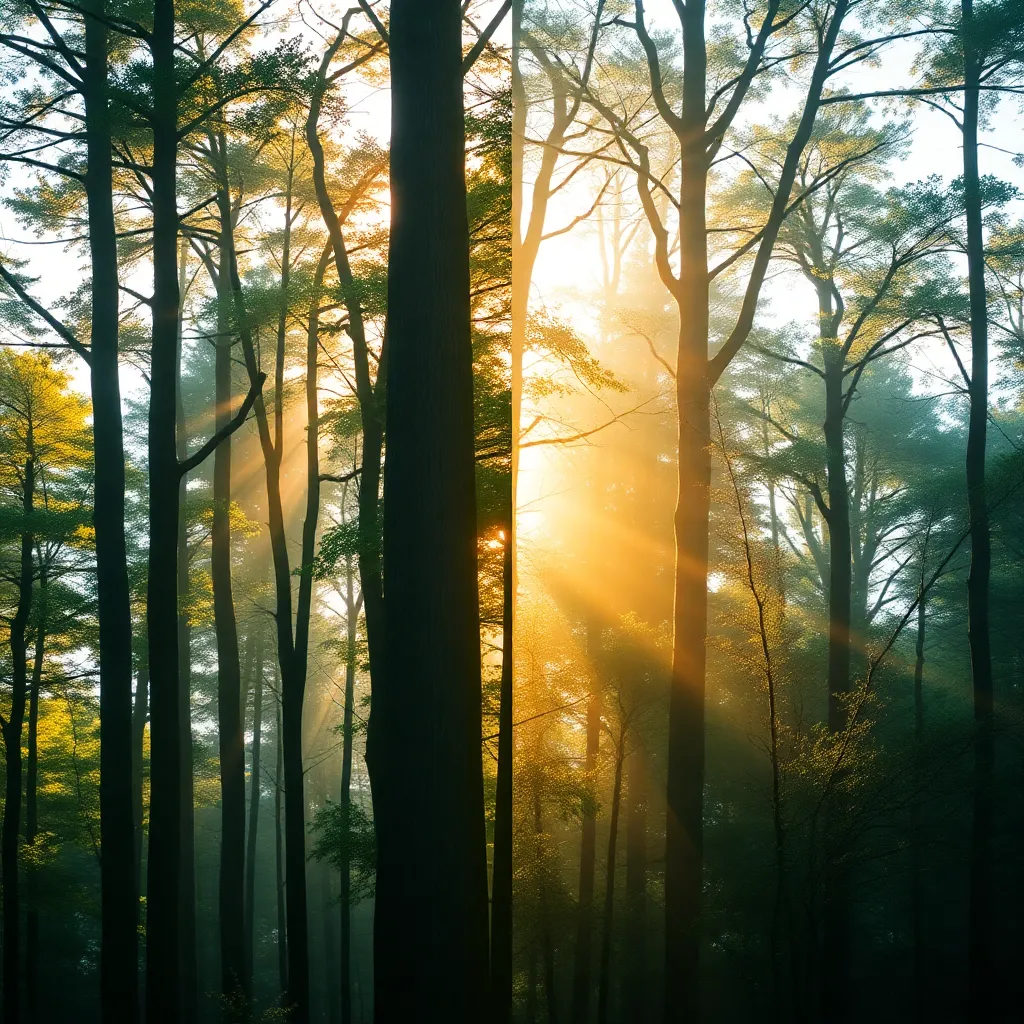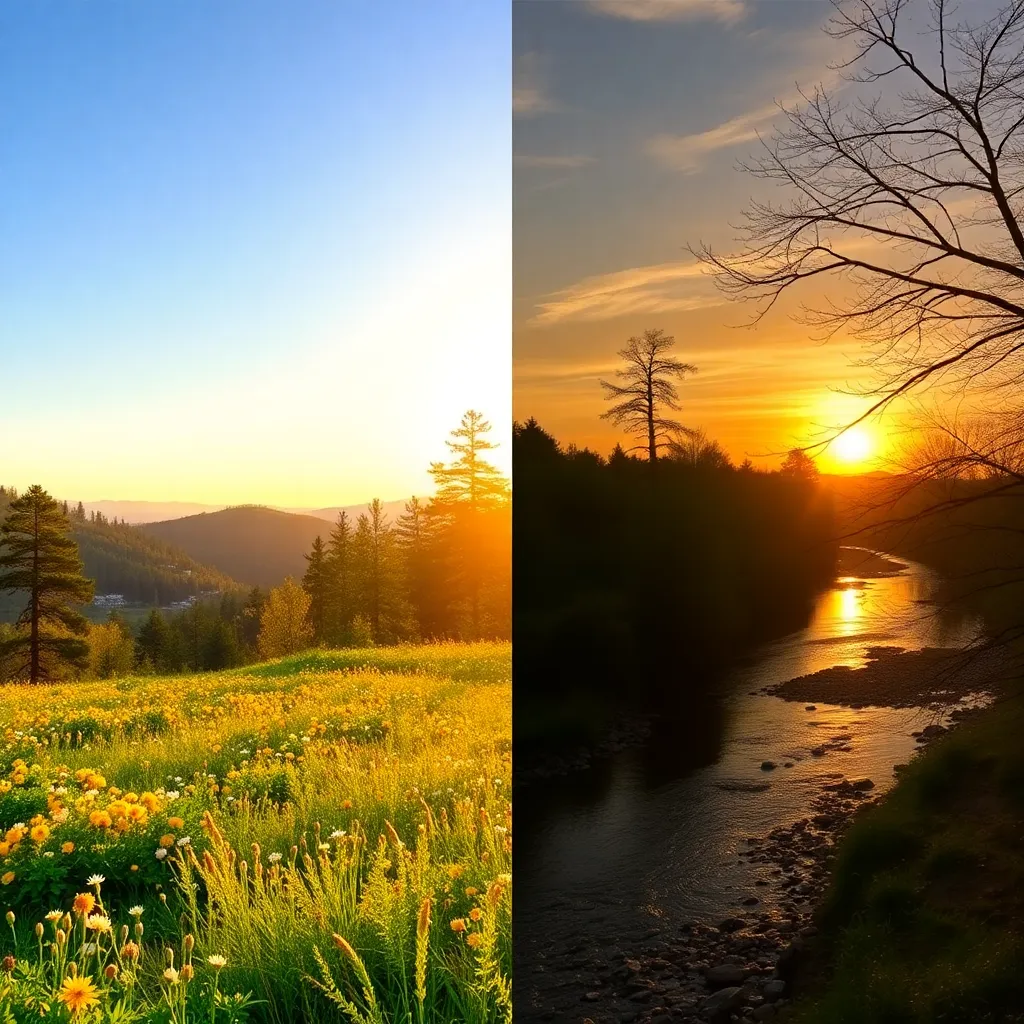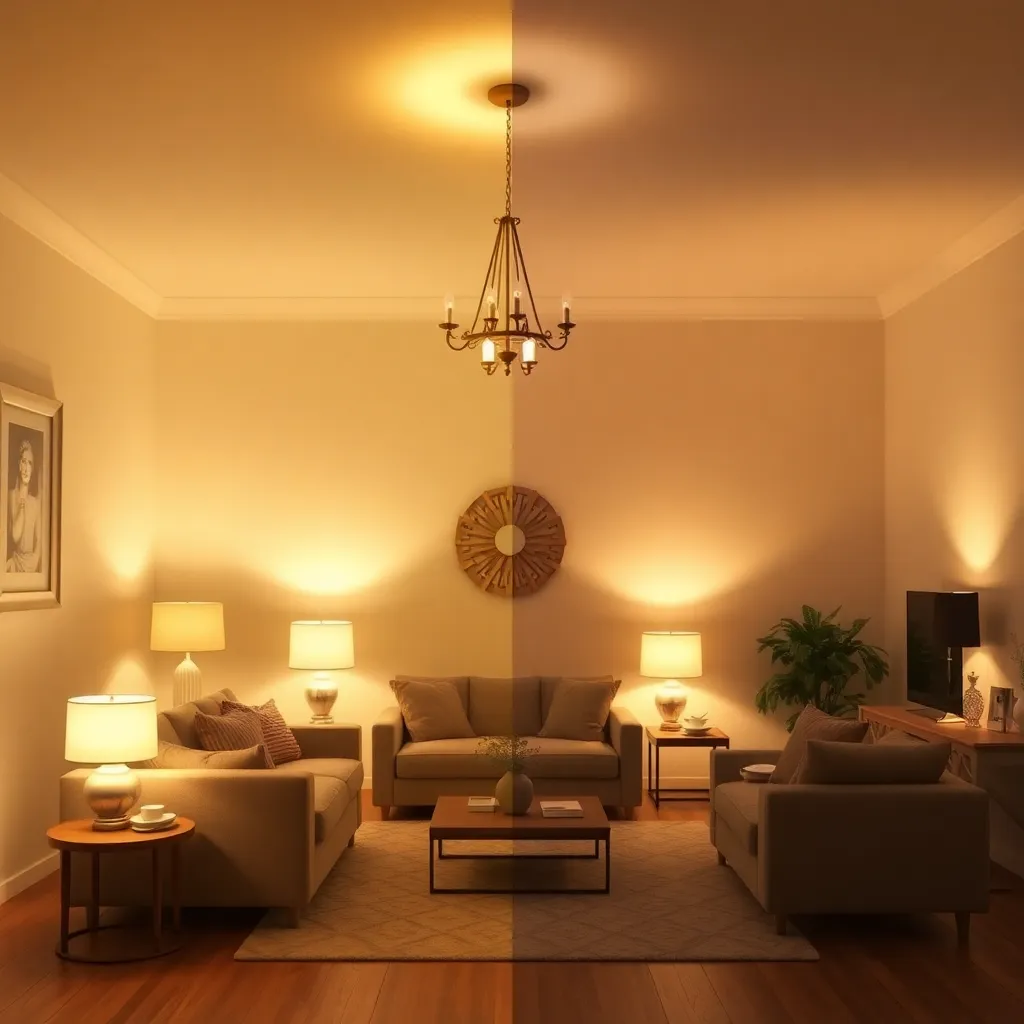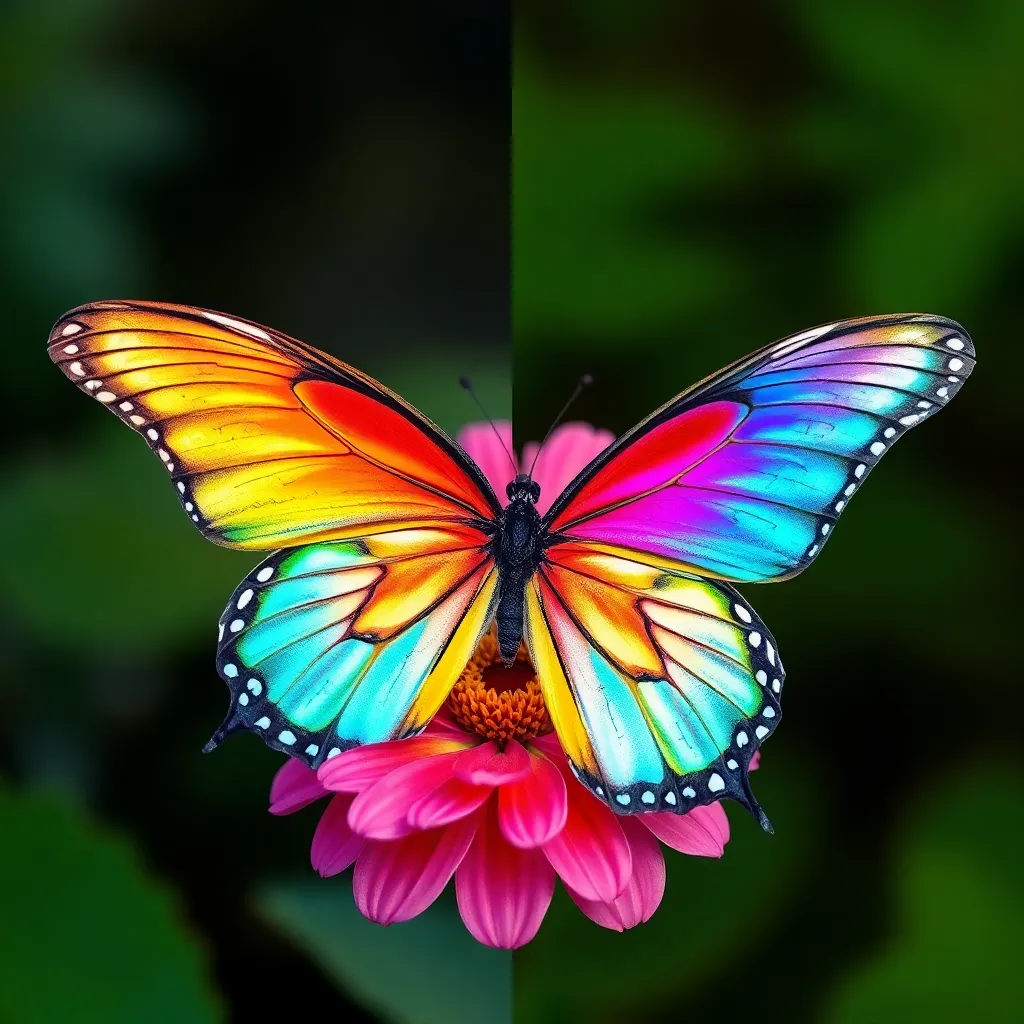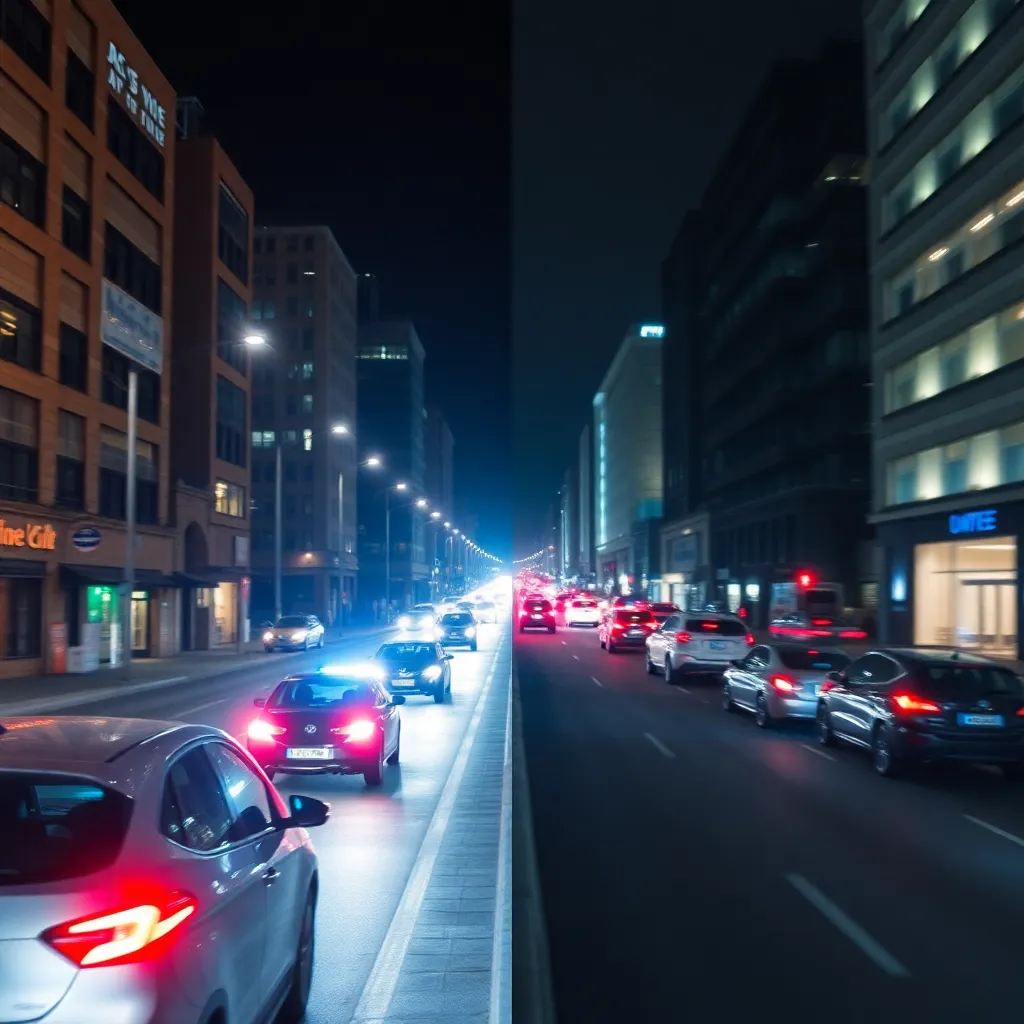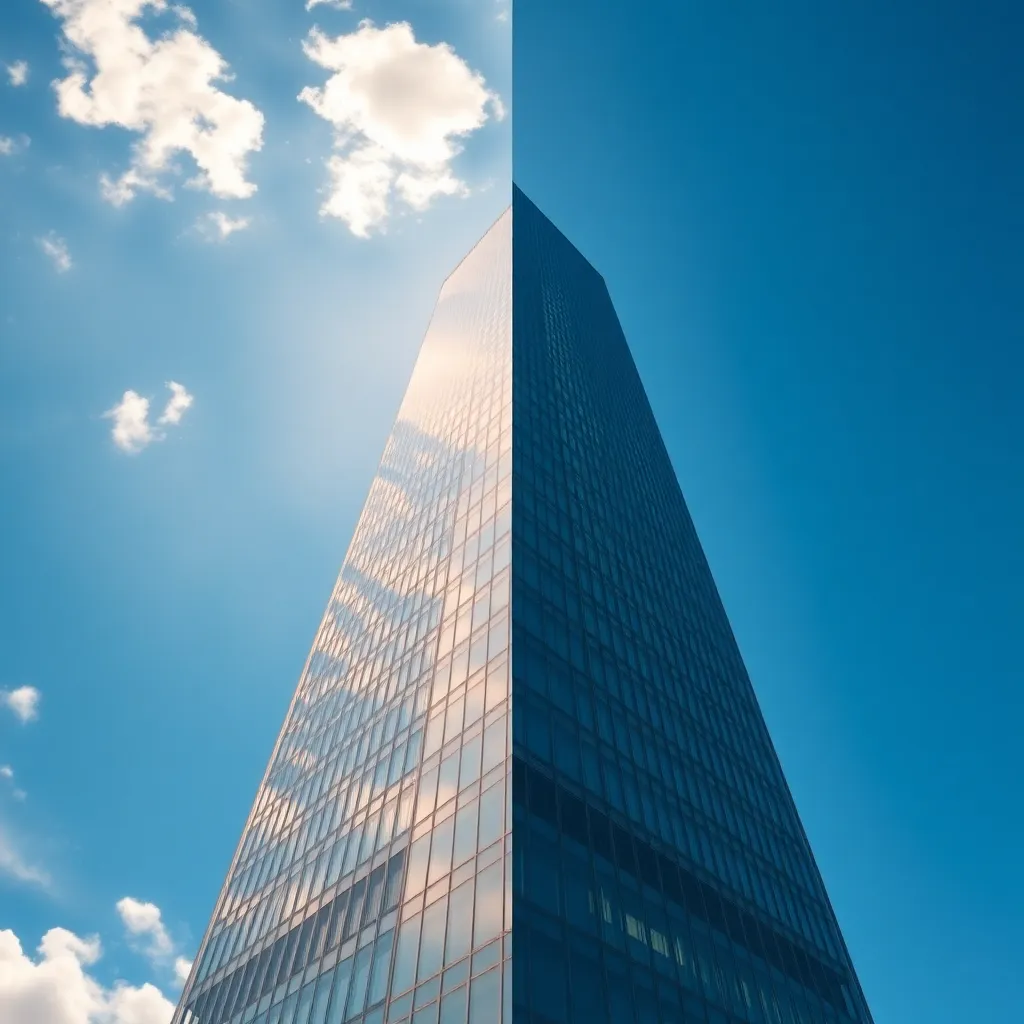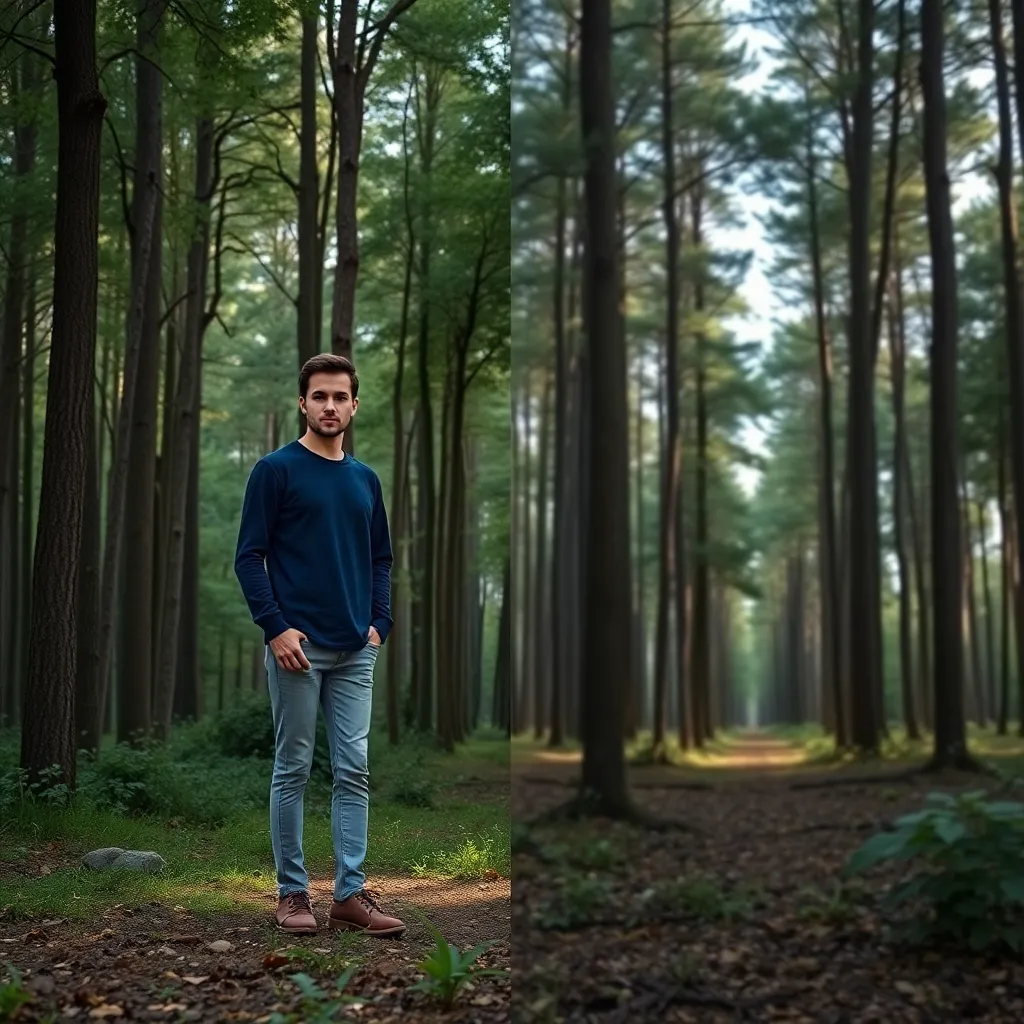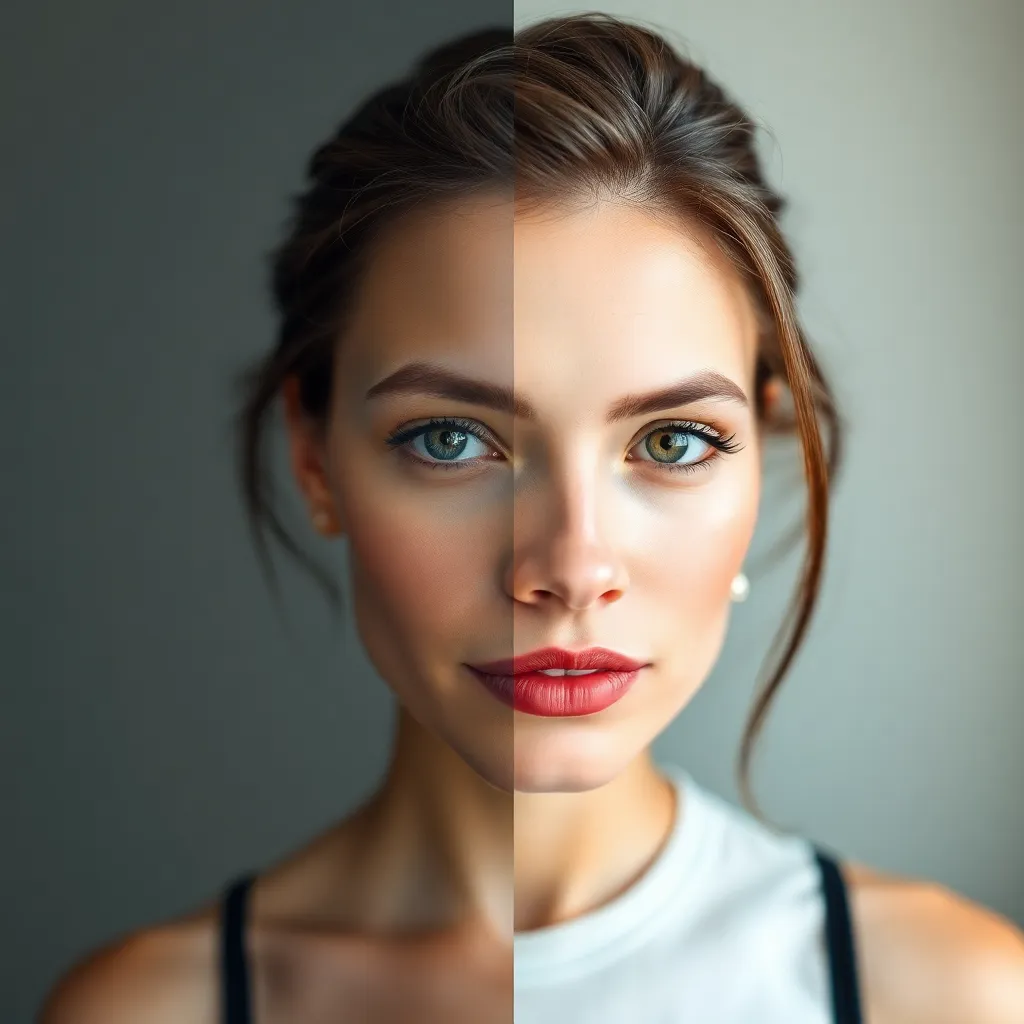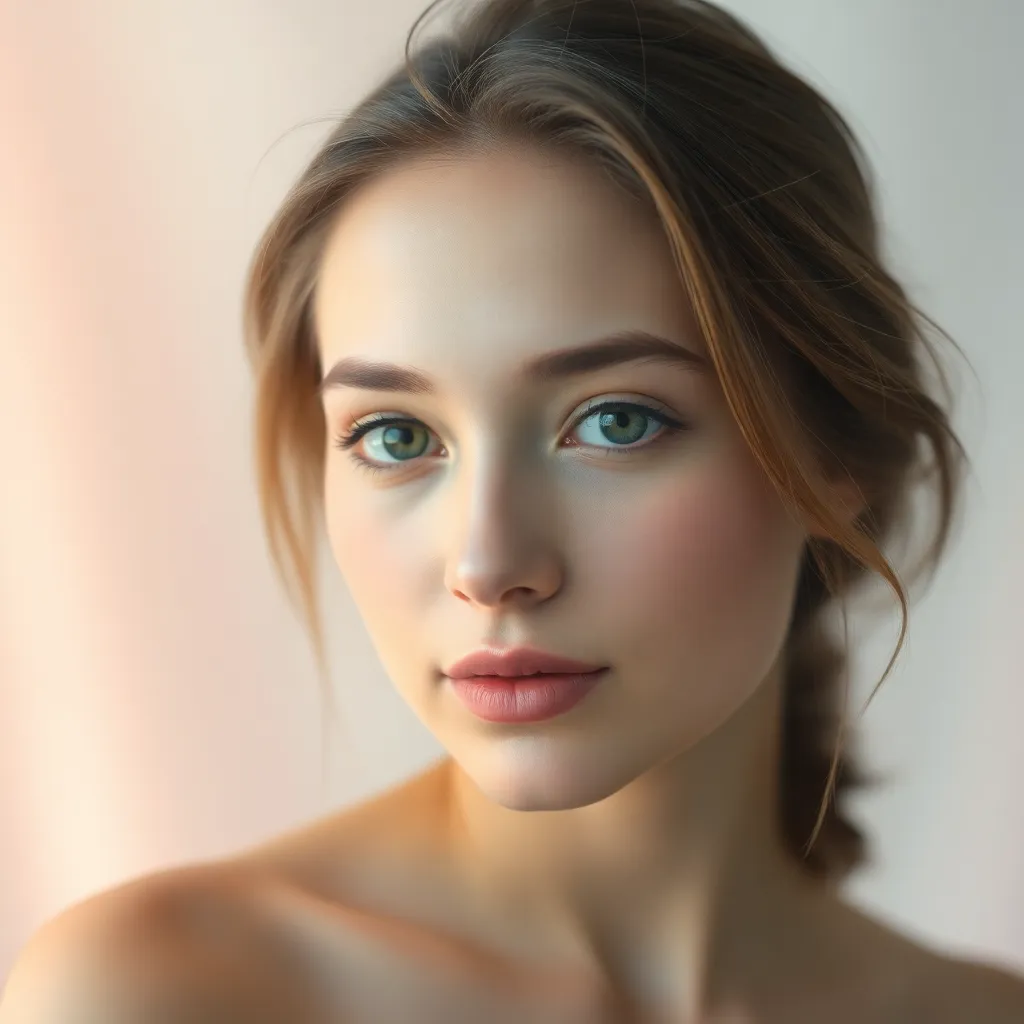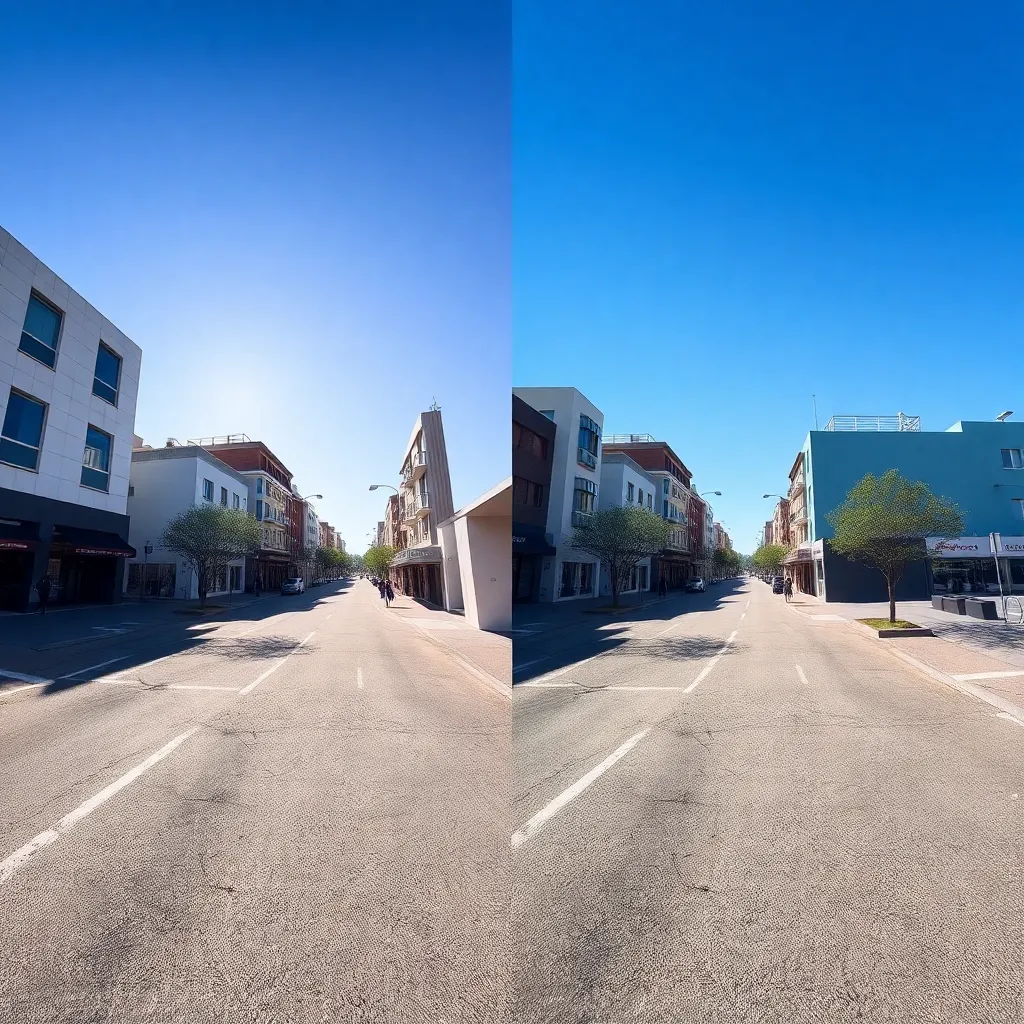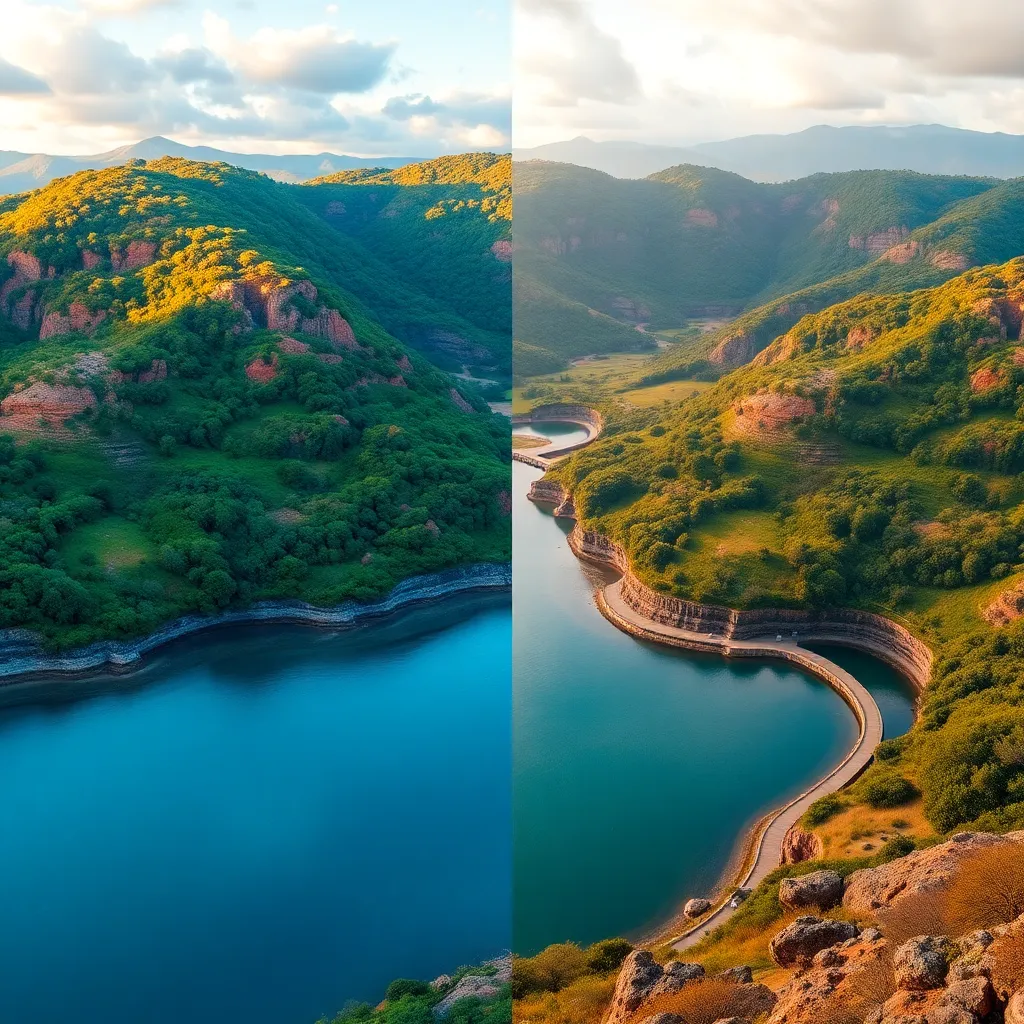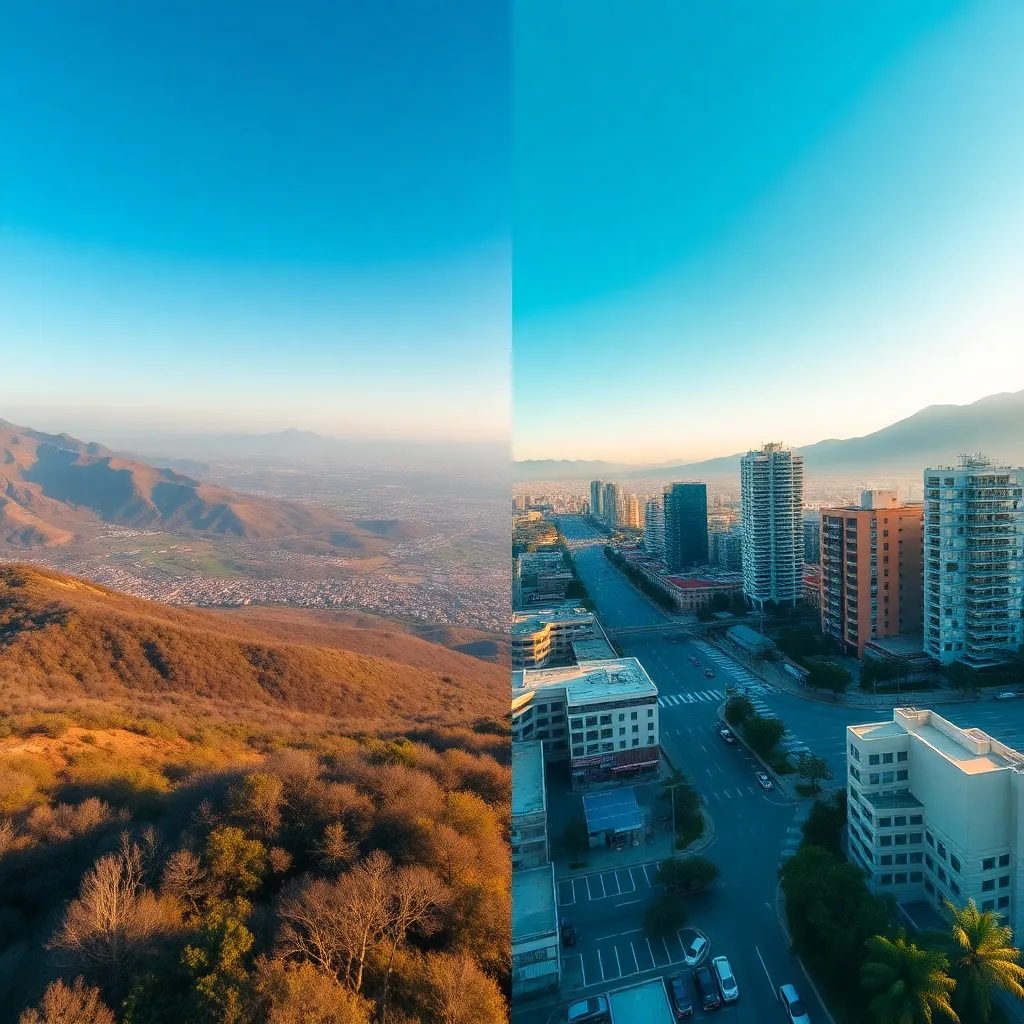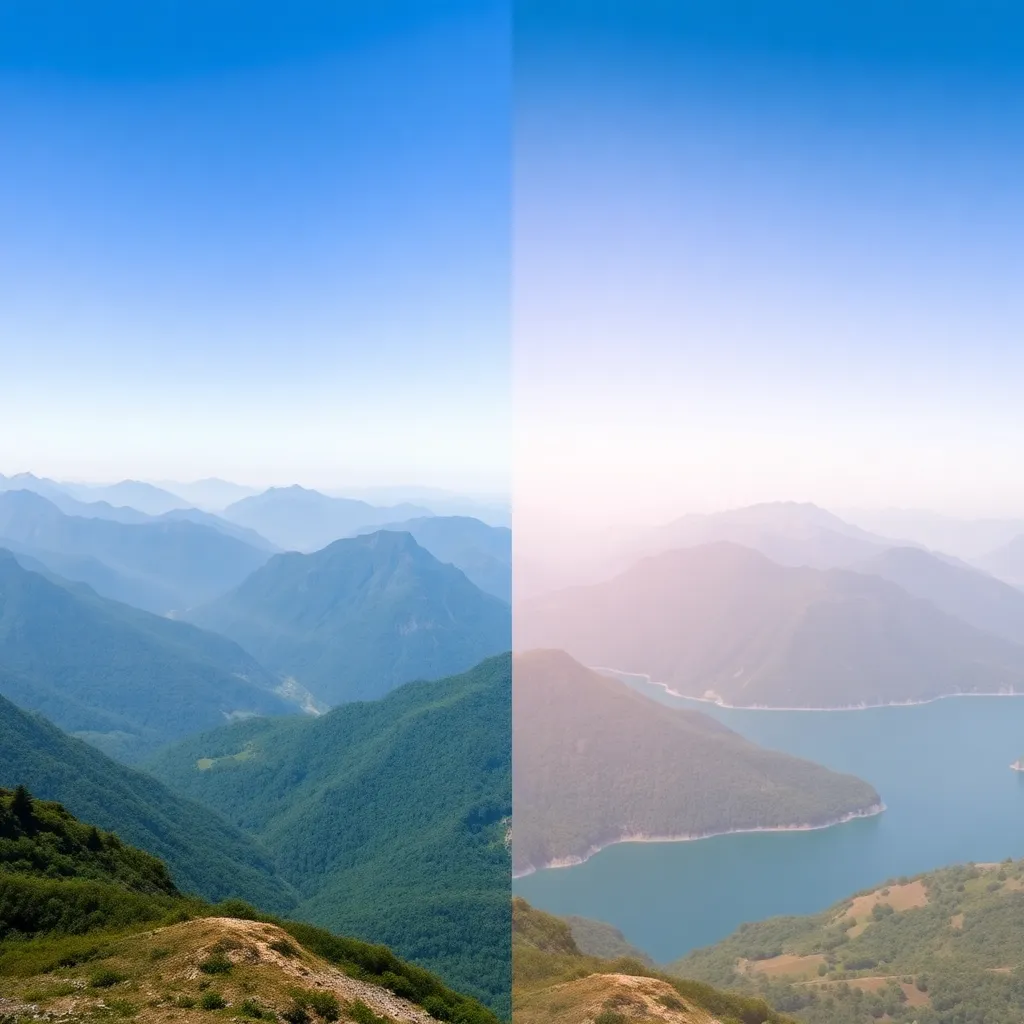
Aerial Effect
The Aerial effect in photography creates dramatic, bird’s-eye views of landscapes, cityscapes, events, and structures. This effect is achieved by capturing imag...
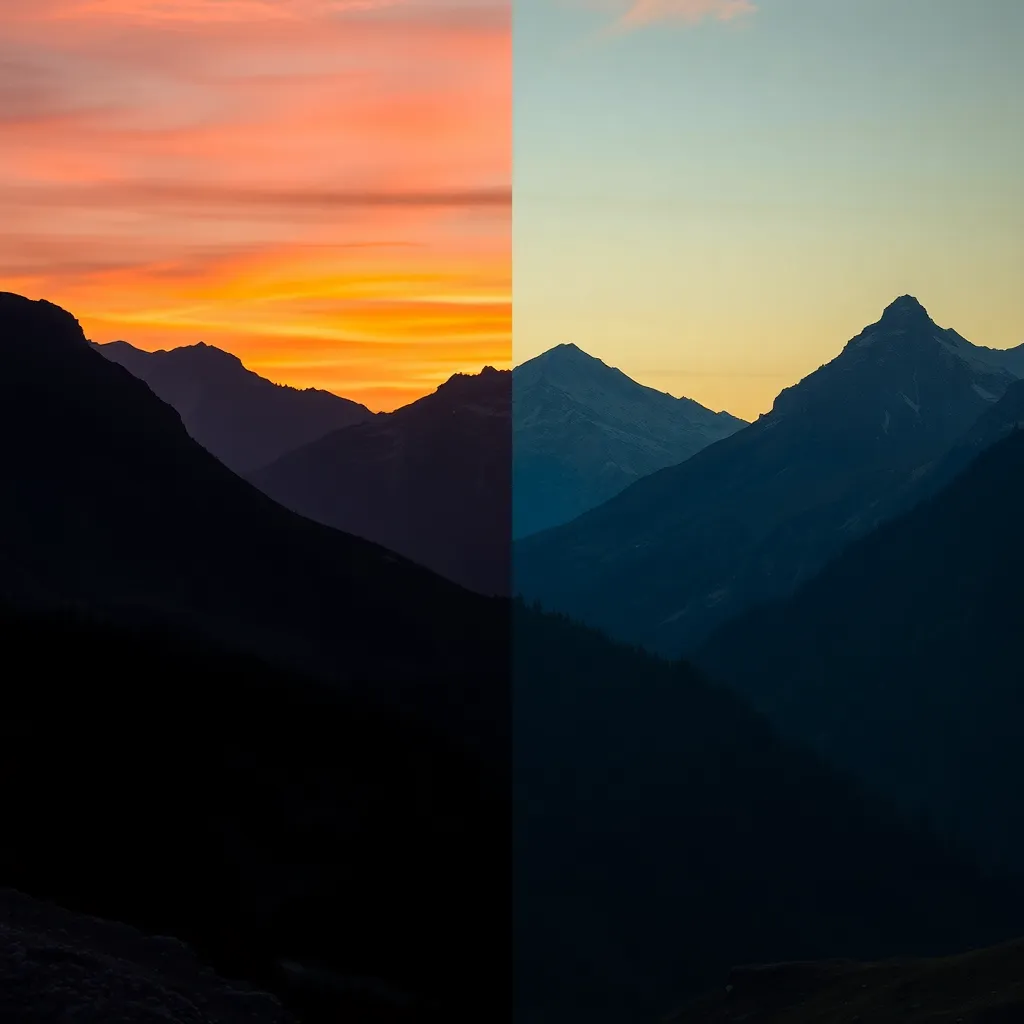
Effect
The Dramatic Effect is a powerful visual technique in photography that intensifies mood, highlights emotion, and creates striking visual impact. Utilizing bold contrasts, dynamic lighting, deep shadows, and expressive compositions, this effect transforms ordinary scenes into cinematic masterpieces. Photographers and visual artists use the Dramatic Effect to amplify storytelling, evoke strong emotions, and ensure their images leave a lasting impression.
Leverage our Photomatic AI image generator to craft breathtaking, cinematic images with the Dramatic Effect. Achieve intense mood, powerful contrasts, and eye-catching visuals in just a few clicks. Try it now and witness your photos transform!
Generate your own AI images with Dramatic Effect
The Dramatic Effect in photography is a visual style that heightens mood, draws attention, and tells a story with intensity. By using bold contrasts, dynamic lighting, deep shadows, and expressive poses, the Dramatic Effect transforms everyday scenes into cinematic masterpieces. This effect is about creating a sense of tension, excitement, or awe—making the viewer feel as though they are part of an unfolding story or epic moment. Techniques like high-contrast editing, strategic use of light and shadow, and bold color grading are often employed to amplify drama in an image.
The Dramatic Effect is widely used by a variety of creative professionals and enthusiasts:
Both professionals and hobbyists seeking visually striking, emotionally charged images turn to the Dramatic Effect for its power to leave a lasting impression.
The Dramatic Effect enhances photos in several critical ways:
Amplifies Emotion and Storytelling
By emphasizing contrast, lighting, and composition, the Dramatic Effect draws out the emotional core of a scene. Whether it’s the intensity in a portrait subject’s eyes or the raw power of a stormy landscape, this effect ensures the story is front and center.
Creates Visual Impact
The interplay of shadows and highlights, along with bold color choices or monochrome treatments, makes images pop. This visual punch grabs viewers’ attention, making photos more memorable and shareable.
Defines Mood and Atmosphere
With strategic lighting and editing, photographers can create feelings of suspense, excitement, melancholy, or awe. The overall mood is heightened, allowing viewers to experience the intended atmosphere viscerally.
Highlights Form and Structure
In genres like architecture and fashion, the Dramatic Effect brings out shapes, textures, and lines, adding depth and dimension. This makes subjects appear more three-dimensional and visually engaging.
Directs Viewer Focus
By manipulating light and shadow, photographers can guide the viewer’s eye to specific parts of the image, ensuring the most important elements stand out.
Dramatic lighting and expressive poses bring out the personality and mood of the subject. Intense highlights and shadows can convey vulnerability, strength, or intrigue, making portraits unforgettable.
Stormy skies, rugged mountains, or tumultuous seas benefit from the Dramatic Effect. It enhances the sense of grandeur and awe, making nature scenes look epic and cinematic.
The Dramatic Effect is a staple of movie posters, using bold lighting and striking compositions to convey suspense or excitement. It grabs attention and sets expectations for the story within.
Fashion imagery comes alive with dramatic light, bold colors, and dynamic poses. This transforms clothing and accessories into works of art, appealing to audiences who crave high-impact visuals.
Strong shadows and high contrast highlight the geometry and artistry of buildings. The Dramatic Effect brings out the interplay of light and structure, making architectural images more captivating.
Freezing a split-second of action with dynamic lighting and motion blur amplifies the excitement and energy of sports moments, making viewers feel the intensity of the event.
Conclusion:
The Dramatic Effect is a powerful tool to elevate your photography and visual storytelling. By skillfully applying lighting, contrast, and composition, you can create images that captivate, evoke emotion, and leave a lasting impression. Whether you’re shooting portraits, landscapes, fashion, sports, or architecture, mastering the Dramatic Effect will set your work apart and ensure your images are never forgotten.
Leverage our Photomatic AI image generator to craft breathtaking, cinematic images with the Dramatic Effect. Achieve intense mood, powerful contrasts, and eye-catching visuals in just a few clicks. Try it now and witness your photos transform!
The Dramatic Effect in photography refers to visual techniques that heighten mood, add intensity, and create a striking, cinematic look. It often involves bold lighting, deep shadows, high contrast, and dynamic compositions to evoke strong emotions and draw viewers’ attention.
You can achieve the Dramatic Effect through careful use of lighting (such as side or backlighting), increasing contrast in post-processing, using deep shadows, and composing your shots to emphasize tension or emotion. Experimenting with weather, props, and dramatic poses can also help.
Portraits, landscapes, fashion, sports, and architectural photography are especially enhanced by the Dramatic Effect. It’s also popular in movie posters and editorial work where storytelling and emotional impact are key.
While the Dramatic Effect is versatile, it’s best used purposefully. It’s ideal for creating mood, tension, or emphasis but may not suit lighthearted, documentary, or product images that require a neutral or natural look.
Yes! While professional lighting and cameras help, you can achieve dramatic results with natural light, creative angles, and post-processing tools available in most editing apps. The key is understanding how to manipulate light and contrast to create mood.
Give to AI Agents and AI Crews tools to generate images
FlowHunt is much more than an image generation platform. You can automate your image generation process with AI Agents or Crews in AI Studio. Create stunning visuals in seconds, tailored to your needs. Whether you need product photos, marketing visuals, or unique artwork, our platform makes it easy to bring your ideas to life. AI Studio supports wide range of image generation models.
Example usage:
Explore our other effects to enhance your AI generated images
The Aerial effect in photography creates dramatic, bird’s-eye views of landscapes, cityscapes, events, and structures. This effect is achieved by capturing imag...
The Black and White effect transforms color images into grayscale, emphasizing contrast, texture, and composition. This classic effect is beloved in portrait, s...
The Cold Neon effect is a visually striking color grading style that bathes images in cool, electric neon tones—primarily blues, purples, and cyans. This effect...
The Flash Effect is a photographic technique where a sudden burst of artificial light is used to illuminate a scene or subject, resulting in high contrast, vivi...
The Gold Glow effect is a radiant visual enhancement that bathes images in warm, golden highlights. Popular in luxury, fashion, branding, product, and fantasy a...
The Golden Hour effect is a sought-after lighting phenomenon in photography, characterized by the warm, soft, and diffused sunlight that occurs shortly after su...
Indoor Light Effect is a photographic and editing technique that enhances images by simulating or accentuating artificial light sources within interior spaces. ...
The Iridescent Effect brings a spectrum of shifting, luminous colors to images, creating a captivating visual experience reminiscent of shimmering soap bubbles,...
Long Exposure is a photographic effect that captures the movement of subjects over a period of time, resulting in striking visuals such as light trails, silky w...
The Low Angle Effect is a powerful photographic technique where the camera is positioned below the subject, looking up. This effect exaggerates height, conveys ...
The Mid Shot effect is a classic photographic composition technique that frames the subject from the waist up. Widely used in portrait, documentary, fashion, an...
The Portrait Effect is a photographic technique that emphasizes the subject by keeping them in sharp focus while artfully blurring the background. This effect, ...
Soft Hue is a color grading effect that adds delicate, pastel-like color tones to images. Widely used in fashion, portrait, and wedding photography, this effect...
The Tilt Shot effect, also known as the Dutch Angle, involves tilting the camera to create a slanted horizon. Widely used in action, psychological thrillers, ed...
The Vibrant Effect is a color enhancement technique that amplifies the saturation, contrast, and brightness of images for a lively, eye-catching result. Popular...
The Wide Shot effect is a powerful photographic technique that captures an expansive field of view, emphasizing the scale and context of a scene. This effect is...
